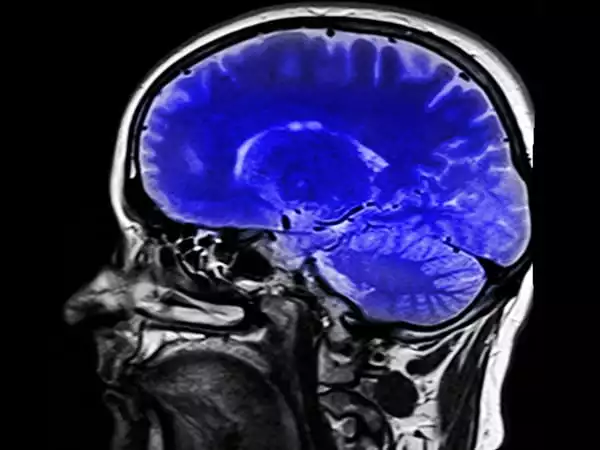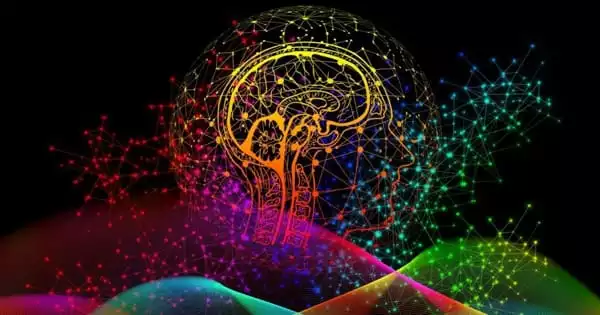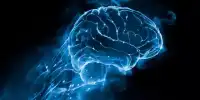The human brain’s fundamental function is dynamic, giving rise to a plethora of behavioral subtypes that fluctuate distinctively across multiple timelines. The interplay between core-periphery brain regions, which endures constant changes related with developmental time frames, is one of the fundamental dynamical processes that occurs in the brain. Changes in core-periphery dynamics linked with macroscale brain network dynamics span various timelines and may result in aberrant behavior and clinical symptoms.
Autism spectrum disorder (ASD) is characterized by an increased concentration on one’s internal experiences and a decreased reactivity to one’s external social settings. A new study looks at the dynamics of brain connectivity between brain networks related to interior experiences, external attention, and transitioning between internal and exterior states. Elsevier publishes the work in Biological Psychiatry: Cognitive Neuroscience and Neuroimaging.
The researchers compared 325 persons with ASD to 356 participants in a typically developing control group using functional magnetic resonance imaging (fMRI) data from the Autism Brain Imaging Data Exchange (ABIDE). They tracked the connection patterns of three critical brain networks over time: the default-mode network (DMN), the frontoparietal network (FPN), and the salience network.
Our findings provide a mechanical explanation for why people with ASD are less attentive to their surroundings and exhibit more internally focused cognition, such as mind-wandering and prospection. This new information could be valuable for better diagnosing ASD or directing therapeutic options for increasing the well-being of persons with ASD
Dr. Tae-Ho Lee
“The role of each of these intrinsic brain networks has been studied individually in people with ASD,” said Tae-Ho Lee, PhD, co-senior investigator at Virginia Tech, Blacksburg, VA, USA, “but our study is the first to look at how these three networks interacted dynamically at the large-scale brain-systems level, rather than focusing on a single network or static connection.”
The authors discovered that in people with ASD, the salience network overly stimulates the DMN, which is associated with mind-wandering and introspective thoughts, while blocking the FPN over time. On the contrary, in the usually developing group, the salience network deactivates the DMN and activates the FPN, which spontaneously and momentarily shifts attention to the external surroundings and prompts them to regularly monitor (and be more attentive to) probable environmental changes.
“Our findings provide a potential mechanistic explanation for why ASD is associated with more internally-focused cognition, such as mind-wandering and prospection, and less of a focus on external environmental cues,” said co-senior author Hyungwook Yim, Ph.D., Hanyang University, Seoul, Republic of Korea.

The research could lead to a better understanding of how brain networks interact in various scenarios. “For example, older persons are more prone than younger adults to fail to dismiss unwanted information from their surroundings,” Dr. Lee explained. “Previous research has found that the salience network in older persons overactivates the FPN while suppressing the DMN, which is exactly the opposite of ASD interactions. Future study may reveal that children with ADHD have a pattern of connection dynamics that is diametrically opposed to those with ASD” He conjectured.
“This important study shows how new approaches to analyzing the dynamic patterns of interactions between brain systems over time can help us understand the neural basis of disabling symptoms such as increased lapses of attention in autism, and identify important new targets for invention to improve cognitive functioning in children and adults on the autistic spectrum,” said Cameron Carter, MD, Editor of Biological Psychiatry: Cognitive Neuroscience and Neuroimaging.
Individuals with autism spectrum disorder (ASD) have higher levels of motor variability, which is linked to clinical outcomes. In postmortem and structural imaging studies of ASD, cortical–cerebellar networks involved in visuomotor control have been identified. However, the extent to which these networks exhibit intrinsic functional abnormalities in patients, as well as the link between cortical–cerebellar network intrinsic functional features and visuomotor impairments in ASD, remain unknown.
“Our findings provide a mechanical explanation for why people with ASD are less attentive to their surroundings and exhibit more internally focused cognition, such as mind-wandering and prospection. This new information could be valuable for better diagnosing ASD or directing therapeutic options for increasing the well-being of persons with ASD” Dr. Lee stated.
















